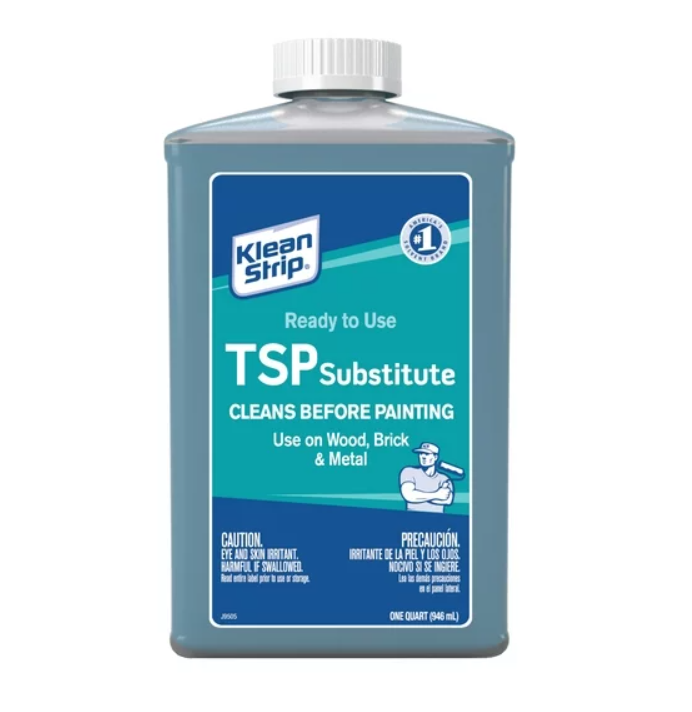How to Paint a Backsplash — Expert Tips to Transform this Functional Kitchen (or Bathroom) Feature
This oft-forgotten area of the home can be given a new lease of life with a lick of paint

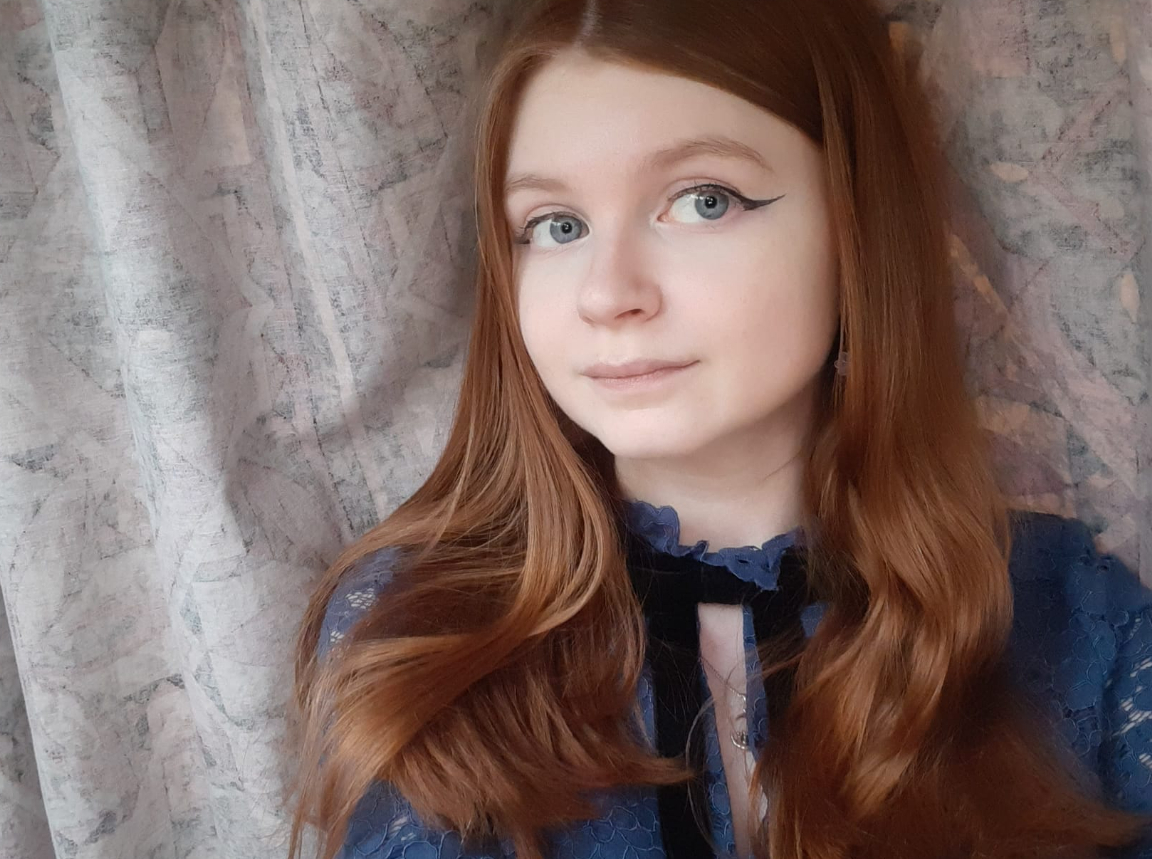
When thinking about renovating a home, backsplashes are likely not the first thing on many people’s lists. The easy-to-clean areas are typically tiled and are designed to prevent splashes of food, water, or grease from damaging your walls. They're brilliant at making escaped pasta sauce by your stove top or toothpaste spills by the sink a breeze to banish.
Stepping away from practicality, though, these functional features aren't always the prettiest to look at. As they're found in prominent areas of the household, a backsplash is still something that will be seen on a daily basis, so they deserve to be part of your redecorating plans.
Thankfully, all you need to transform a kitchen or bathroom backsplash is a lick of paint. Here, we talk to experts to learn more about the option of painting as an inexpensive backsplash idea, and their professional insights are bound to turn it into a thing of beauty.
How to paint a backsplash — a 3-step guide for a durable finish
Since the vast majority of modern kitchen backsplashes - or bathroom backsplashes - are tiled, that's what this guide will cater to. If you don't want to try your hand at painting, there are plenty of durable alternatives to tiles to try such as vinyl, acrylic, and stainless steel.
You Will Need
1. Clean the area
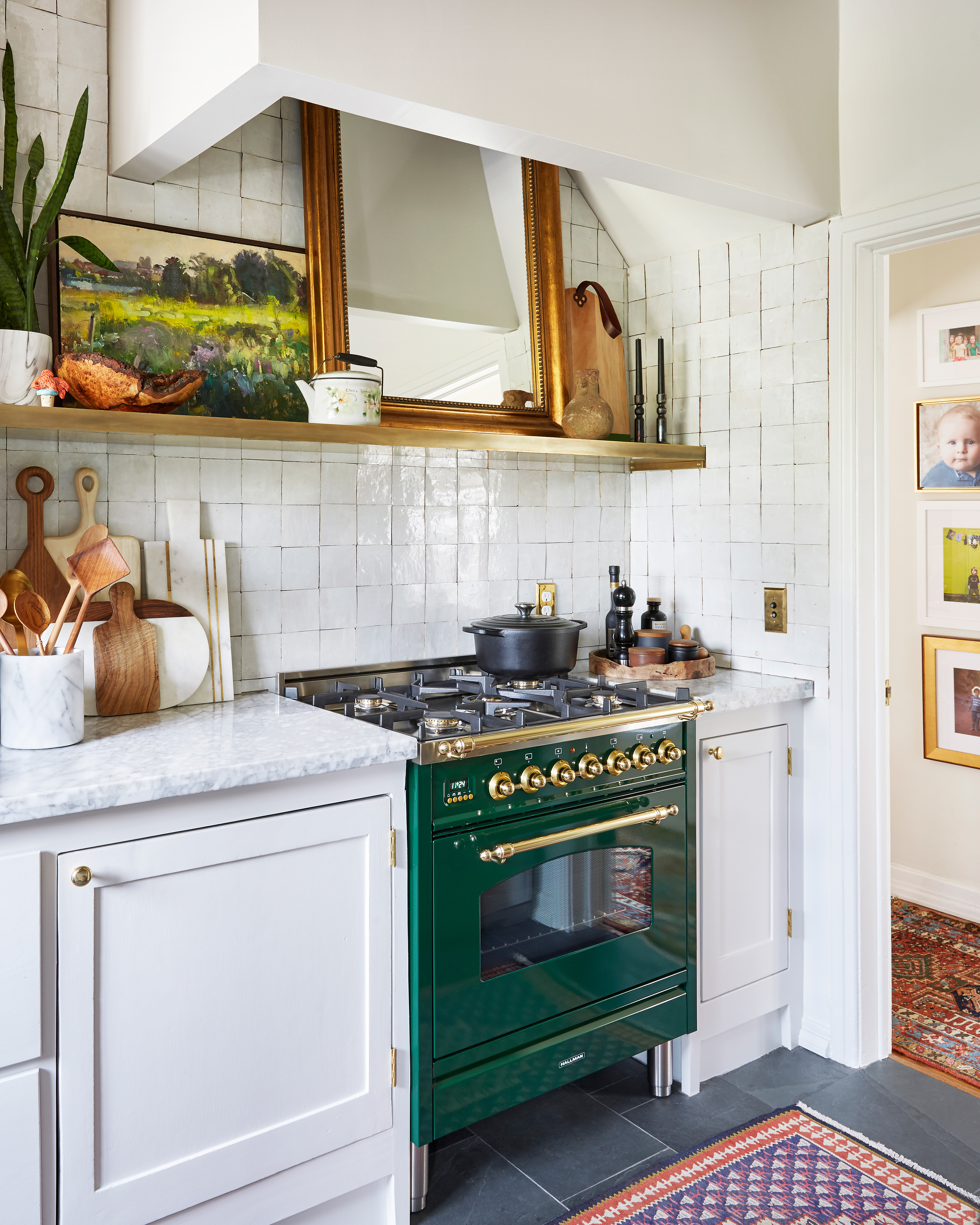
As with any home renovation, the primary part of the process involves cleaning. If your tiles are covered in dirt or grease, this may show through the paint, preventing a smooth texture after application. It could also prevent the paint from properly sticking to the surface as there’s a barrier between the paint product and the tile.
Before applying paint, give your backsplash a good wipe down with standard cleaning products, such as disinfectant and grease remover. We like this Krud Kutter degreaser from Target for the job. Be sure to use a bathroom equivalent if you're painting your bathroom backsplash.
‘The most common mistake people make when painting their backsplash is taking inadequate time to prep,’ says interior designer, Elana Mendelson. ‘First, put on gloves and clean the tiles with “TSP” [available from Walmart] a product that is used specifically for heavy duty cleaning of surfaces in preparation for painting. Once the tiles are dry, I recommend lightly sanding them with fine-grit sandpaper to rough up the surface prior to applying primer and paint. This helps the paint to adhere better to the surface.’
2. Choose the right paint

After your desired areas are sparkling, you can crack on with painting. ‘The paint required will fully depend on what the backsplash you are looking to paint is made of,’ says Tila Lee of Pretty in Paint. ‘Oftentimes it will be best to use a Shellac-based primer and an enamel-based paint as a finishing coat, but make sure to check in with your local paint store to discuss the situation in your home. And never skip the primer! Apply it after cleaning your tiles.’
Some stores sell tile-specific paint formulas as well, ideal for beginners. ‘In order to paint a backsplash – which is typically the same material as what’s used on the counter or a grouted tile – one can use a tile-specific paint formula or an epoxy paint to prevent the backsplash from chipping and having uneven results,’ says Elana. ‘Tile paints are created to withstand wear and tear, and are easier to clean than a traditional wall or furniture paint. But it’s also possible to use enamel paint, assuming the tiles are properly prepped.’
In most kitchens, a person’s backsplash and stove are far enough apart that they don't require a paint or primer with specific heat-resistant properties. If they are closer to the walls than normal, however, or you wish to err on the side of caution, make sure to read your paint tins carefully and discuss any concerns in-store.
3. Apply your paint

Once your primer has had time to set, you can apply paint on top. When painting, ensure that you’re in a well-ventilated room, opening doors and windows, and wearing a face mask if possible to avoid inhaling fumes.
‘To begin painting, start from the edges using a brush, then start to fill in the remaining space using a larger brush or roller,’ says Anthony Kulikowski, Owner of Five Stair Painting (a Neighborly Company). ‘Apply the paint in even, thin coats to ensure it will all be the same shade without streaks. After the original paint has dried, you can apply a finishing or sealing coat to really make sure your paint will last and hold up against any moisture or residue.’
Smaller detail brushes are recommended if you wish to keep the grout between your tiles a different color from the tile itself, or if you wish to get creative with designs. ‘Instead of painting a solid color, you could use a stencil to create a pattern,' suggests Stephanie Lindsey of Etch Design Group. This budget bathroom update or kitchen refresh can completely transform your space.
FAQs
Why choose a painted backsplash?
Stephanie explains how decorating your old, plain backsplash can not only bring wow to your space but also enhance its longevity. ‘Painting a backsplash can serve as a cost-effective way to create a backdrop to your cabinets and countertop, adding interest to a space in color, texture, and pattern,’ she says. ‘It also serves a functional purpose to paint your backsplash as the paint creates a further protective barrier on the surface, helping to protect the drywall behind.’
Tila furthers Stephanie’s thoughts, explaining how painting a backsplash could serve as a quick, effective way to refresh a space. 'Someone may want to paint their backsplashes if they have just purchased a home and aren’t a fan of their current color, shape or texture,' says Tila. ‘But, at the same time, they are either unable or unwilling to change them out entirely. Painting backsplashes can be a short-term solution to implement change, now.’
What are the alternatives to painting a backsplash?
If painting really isn’t up your street, rest assured that there are alternative ways to elevate your space. ‘To spruce up the area without painting the backsplash, you could tile a backsplash again or use wallpaper,' says Anthony. 'There is easy-to-apply wallpaper that looks like tile which could add a little something extra to your space.' There are also durable options like vinyl or acrylic on the market where you can choose decorative designs to suit your space.
Be The First To Know
The Livingetc newsletters are your inside source for what’s shaping interiors now - and what’s next. Discover trend forecasts, smart style ideas, and curated shopping inspiration that brings design to life. Subscribe today and stay ahead of the curve.

Ciéra is a writer and regional laureate with particular passions for art, design, philosophy and poetry. As well as contributing to Livingetc, she's an Editorial Assistant for Design Anthology UK and a contributing writer for Homes & Gardens and Apartment Therapy. Previous commendations of hers include being Highly Commended by The Royal Society of Literature and receiving a prestigious MA Magazine Journalism scholarship to City, University of London.
-
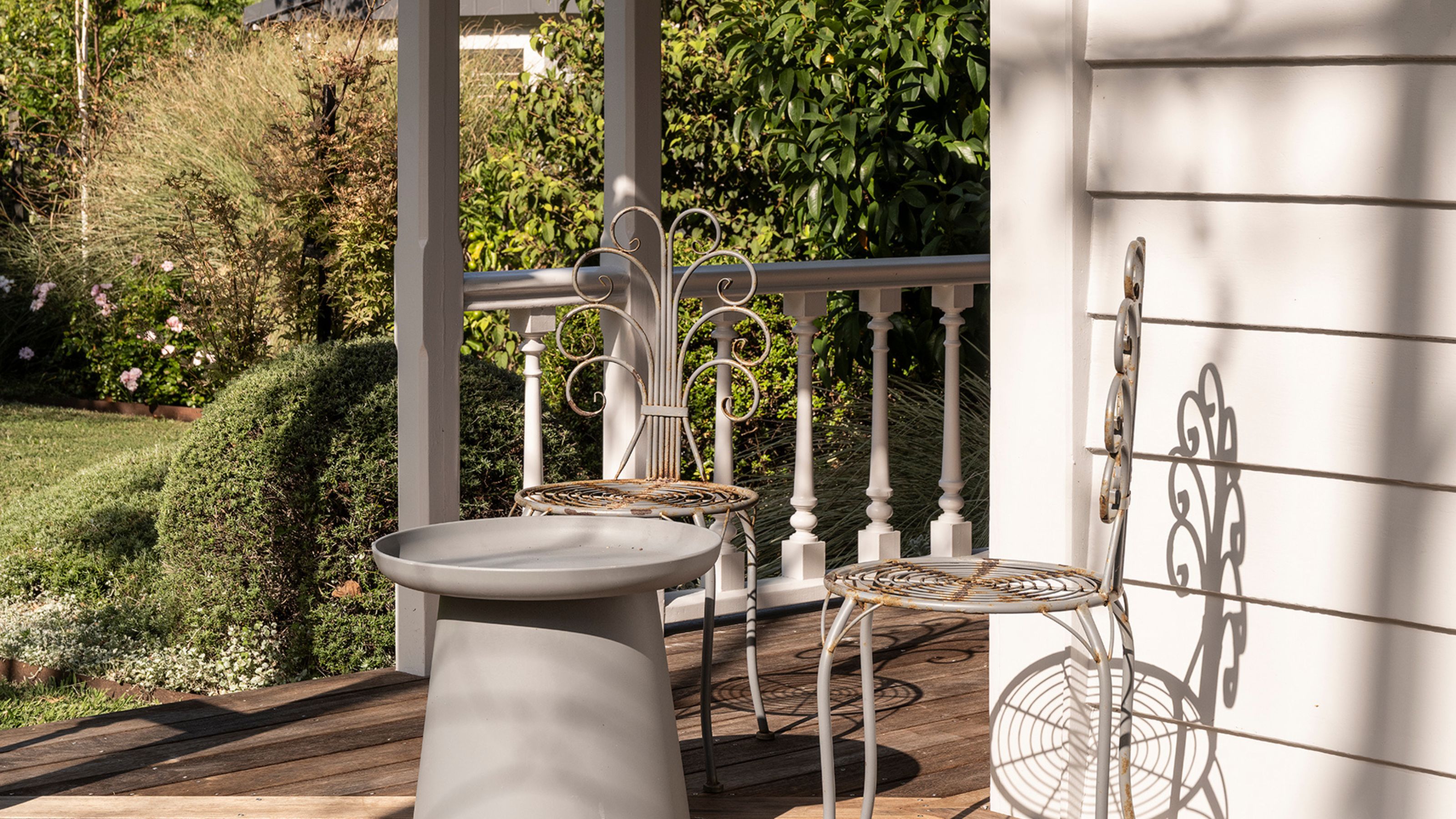 How Can I Make My Small Garden Look Expensive? 6 Luxurious Little Details That Make a Difference
How Can I Make My Small Garden Look Expensive? 6 Luxurious Little Details That Make a DifferenceFrom little things that add a touch of luxury to big things that make a grand statement, these are the best designer tricks to give your garden a high-end feel
By Sarah Wilson
-
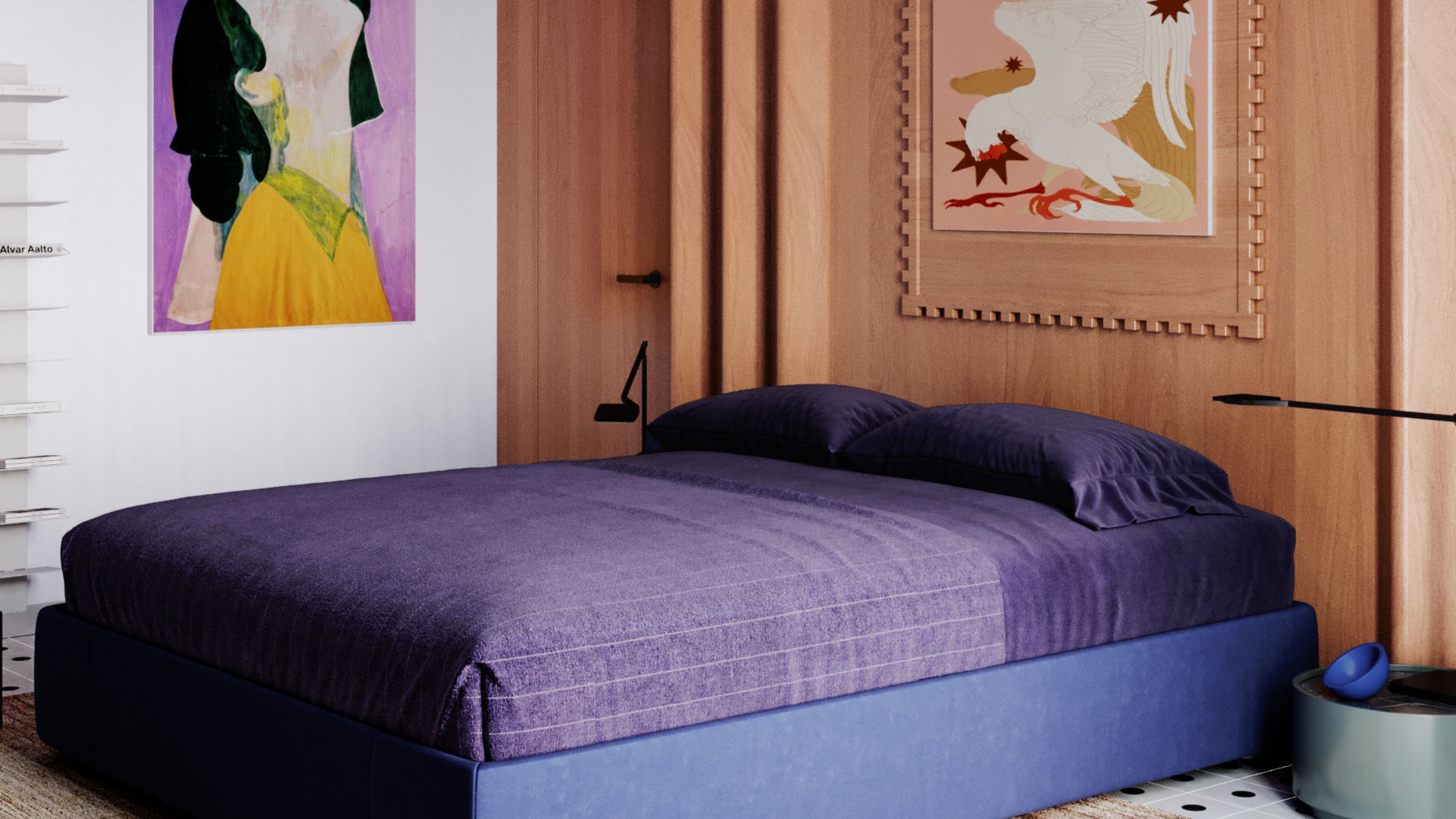 It's a Color Symbolic of Dreams, so These Purple Bedroom Ideas Almost Guarantee a Good Night's Sleep, Right?
It's a Color Symbolic of Dreams, so These Purple Bedroom Ideas Almost Guarantee a Good Night's Sleep, Right?Not always an obvious choice for the bedroom, these designs prove that purple has restful and calming qualities, making it perfect for the bedroom
By Oonagh Turner
